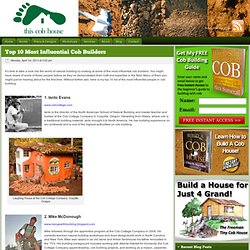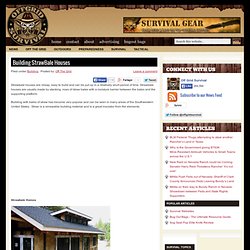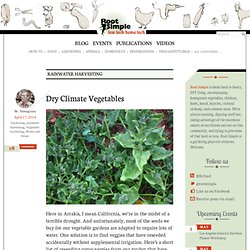

Straw Bale Construction. Gregory Kloehn: California designer turns a DUMPSTER into into his Brooklyn getaway complete with a toilet, stove and sun deck. By Daily Mail Reporter Published: 05:58 GMT, 9 August 2013 | Updated: 11:26 GMT, 9 August 2013 A California designer has turned a $2,000 dumpster into a fully functional home, complete with a bathroom, bed, kitchen and sun deck.

Gregory Kloehn converted the dumpster in Brooklyn off of a hunch, and now he uses it whenever he stays in New York. 'It just hit me,' he said on HGTV's show, 'You Live in What? ' 'I thought hey, this is the perfect shape for a home.' Scroll down for video Gregory Kloehn describes his 'dumpster home' to a reporter, Thursday, Aug. 8, 2013, in the Red Hook neighborhood of New York's Brooklyn borough Gregory Kloehn preps his mini bar outside his home.The artist purchased a new dumpster and retrofitted it to be his dwelling when he stays in New York City Kloehn sits inside the living space of his dumpster, which is also where he sleeps Right at home: Gregory Kloehn sits inside the living space For drinking water, he installed a six-gallon water tank on the roof.
Living Off the Grid: Free Yourself. Top 10 Most Influential Cob Builders. It’s time to take a look into the world of natural building by looking at some of the most influential cob builders.

You might have heard of some of these people before as they’ve demonstrated their craft and expertise in the field. Many of them you might just be hearing about for the first time. Without further ado, here is my top 10 list of the most influential people in cob building. 1. Ianto Evans www.cobcottage.com Ianto is the director of the North American School of Natural Building and master teacher and builder at the Cob Cottage Company in Coquille, Oregon. Laughing House at the Cob Cottage Company, Coquille, Oregon 2. Www.risingearthbuilding.blogspot.com Mike followed through the apprentice program at the Cob Cottage Company in 2008.
Chapel Hill, North Carolina 3. Sick Of Paying Rent? Just Build Your Own Tiny Palace, Like These Guys Did. Green future is possible! The eco house of Simon Dale WWW.GOODNEWS.WS. Field to Farm. Sustainable Living through Permaculture Systems. Life (Mostly) Off the Grid. Building StrawBale Houses. Strawbale houses are cheap, easy to build and can be put up in a relatively short period of time.

Strawbale houses are usually made by stacking rows of straw bales with a moisture barrier between the bales and the supporting platform. Building with bales of straw has become very popular and can be seen in many areas of the Southwestern United States. Straw is a renewable building material and is a great insulator from the elements. Strawbale Homes. Foraging. It’s acorn season in Southern California.

I’ve long been interested in acorns, knowing that they were the staple food of the native people who lived here, and I’ve gathered and processed them before. However, once I have the acorn meal, I’ve never known exactly what to do with it. It’s highly nutritious, but I thought (wrongly!) That it was somewhat bland, and all I could do was incorporate acorn meal into baked goods.
This weekend, however, I’ve had my eyes opened to the possibilities, thanks to Pascal Baudar and Mia Wasilevich. Pascal and Mia putting out a spread: acorn sliders, acorn and tapioca pudding, red cabbage and red onion slaw with wild juniper berries, chocolate truffles infused with white sage and dusted with dehydrated raspberry powder, plum membrillo and beer hopped with yarrow. Pascal and Mia are high caliber foragers and foodies. Rainwater harvesting. There’s a lot of advice floating around the internets about how to make a rain barrel.

Most barrel pundits suggest drilling a hole in the bottom of a barrel and installing a faucet, a kind of connection called a “bulkhead fitting”. Unfortunately such improvised fittings have a tendency to leak. My favorite way to make a rain barrel is to take a 55 gallon drum, use the preexisting fittings on the top and turn it upside down, a process explained nicely here (complete with a list of parts), by B. Chenkin who will also sell you a kit at Aquabarrel.com. To get started, you get a ubiquitous 55 gallon drum with two threaded “bung” holes that look like this: A good source for this kind of barrel is your local car wash. Glue that up with some PVC cement, wrap the threads with teflon tape, and you’re almost ready to collect rainwater.
The overflow connection is another reason I like Chenkin’s design. Delbert - A Simple Man Living Off Grid in Texas. Off Grid Cabin Propane Pt 1. Home - Simple Solar Homesteading.